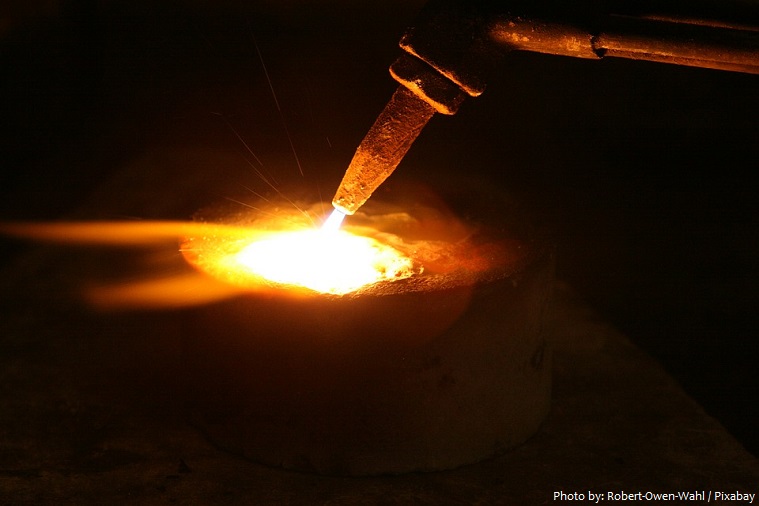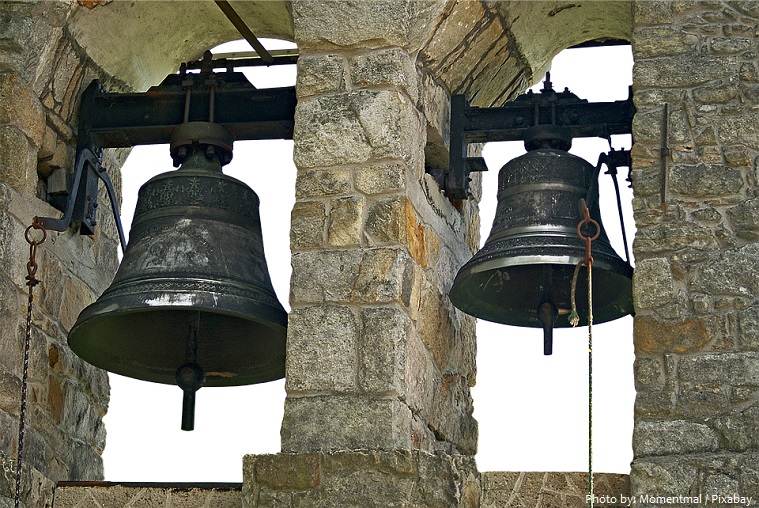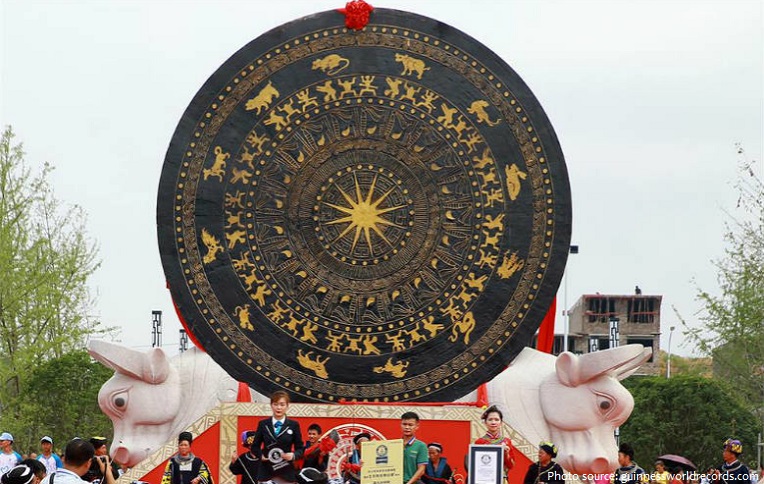Bronze is an alloy traditionally composed of copper and tin.
Bronze is of exceptional historical interest and still finds wide applications.
Bronze was the first alloy that was used by humans.
The earliest tin-alloy bronze dates to 4500 BC in a Vinča culture site in Pločnik (Serbia). Other early examples date to the late 4th millennium BC in Egypt, Susa (Iran) and some ancient sites in China, Luristan (Iran) and Mesopotamia (Iraq).
The archeological period in which bronze was the hardest metal in widespread use is known as the Bronze Age.
The beginning of the Bronze Age in India and western Eurasia is conventionally dated to the mid-4th millennium BC, and to the early 2nd millennium BC in China; elsewhere it gradually spread across regions.
During the Bronze Age, two distinct forms of bronze were commonly used: “classic bronze” (which contained 10% tin and was used in casting) and “mild bronze” (about 6% tin and was hammered into sheets from ingots). Weapons were cast mostly using classic bronze, while armour and helmets were hammered into shape from mild bronze. Weapons were cast mostly using classic bronze, while armour and helmets were hammered into shape from mild bronze.
The Bronze Age was followed by the Iron Age starting from about 1300 BC and reaching most of Eurasia by about 500 BC, although bronze continued to be much more widely used than it is in modern times.
The melting point of bronze varies depending on the ratio of the alloy components and is about 950 °C (1,742 °F).
Bronze parts are usually cast in a foundry. After they are cast, bronze parts can also be worked in a lathe or milling machine, or drilled. Bronze is not normally worked with a hammer like iron.
Bronze is usually nonmagnetic, but certain alloys containing iron or nickel may have magnetic properties.
Bronze is stronger than copper or tin alone.
Besides its traditional use in weapons and tools, bronze has also been widely used in coinage; most “copper” coins are actually bronze.
A bronze medal in sports and other similar areas involving competition is a medal made of bronze awarded to the third-place finisher of contests or competitions such as the Olympic Games, Commonwealth Games, etc. The outright winner receives a gold medal and the second place a silver medal. More generally, bronze is traditionally the most common metal used for all types of high-quality medals, including artistic ones. The practice of awarding bronze third place medals began at the 1904 Olympic Games in St. Louis, Missouri, before which only first and second places were awarded.
Bell metal, characterized by its sonorous quality when struck, is a bronze with a high tin content of 20 to 25 percent.
Nearly all professional cymbals are made from bronze, which gives a desirable balance of durability and timbre.
The largest bronze bowl measures 1.7 m (5 ft 6.93 in) high, with an upper diameter of 3.16 m (10 ft 4.41 in). It was created by the People’s Government of Rugao City (China) and was unveiled in Rugao City, Jiangsu Province, China, on 28 October 2011. The bronze bowl weighed 1,294 kg (2,852.78 lb), with a volume of 8.5 cubic meters (1,869.74 gal).
The largest bronze drum measures 6.68 m (21 ft 9.2 in) in diameter and 2.88 m (9 ft 45 in) in height and was created by Huanjiang Wei’s Folk Bronze Drum Royal Inheritance Culture Craft Foundry (China) in Hechi, Guangxi, China on 29 June 2018. The drum is an exact scaled up version of a traditional bronze drum.
The most expensive sculpture in the world is made out of bronze. At Christie’s auction house in New York, USA, on 11 May 2015, Swiss sculptor Alberto Giacometti’s 1947 work L’homme au doigt (Pointing Man) was sold for $141,285,000 , the most ever paid for a sculpture at auction. The 180-cm bronze statue shows a man – tall and spindly (Giacometti’s trademark style) – with one arm extended in a pointing gesture. It is believed that the left arm was originally curled around a second figure, which Giacometti subsequently removed. Created at short notice for an exhibition in New York in 1947, L’homme au doigt was reportedly made in a single night between midnight and 9 a.m. Giacometti produced a total of six casts of the piece, most of which are in museums around the world.





